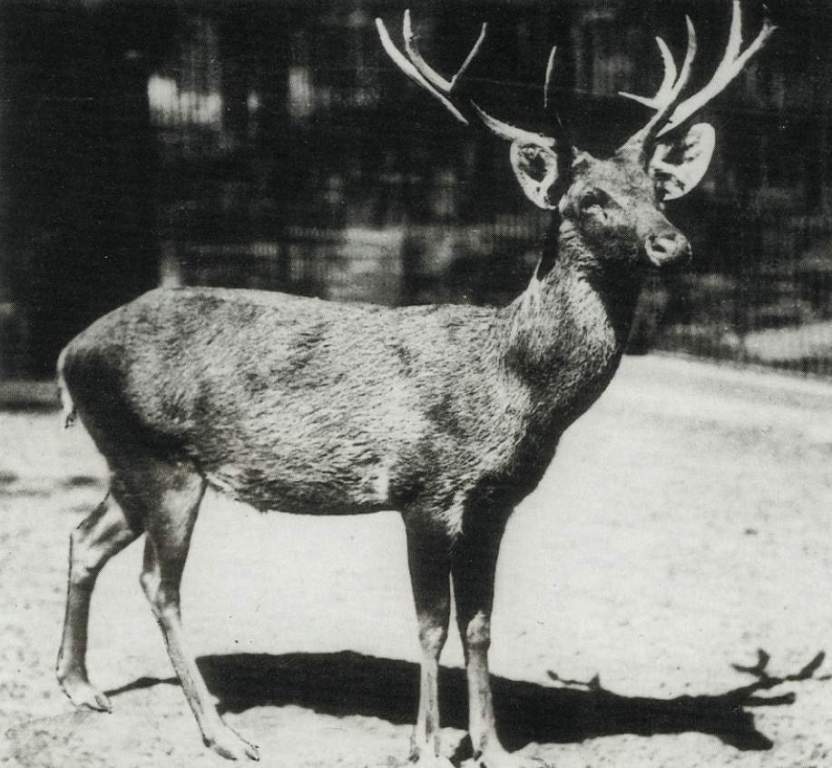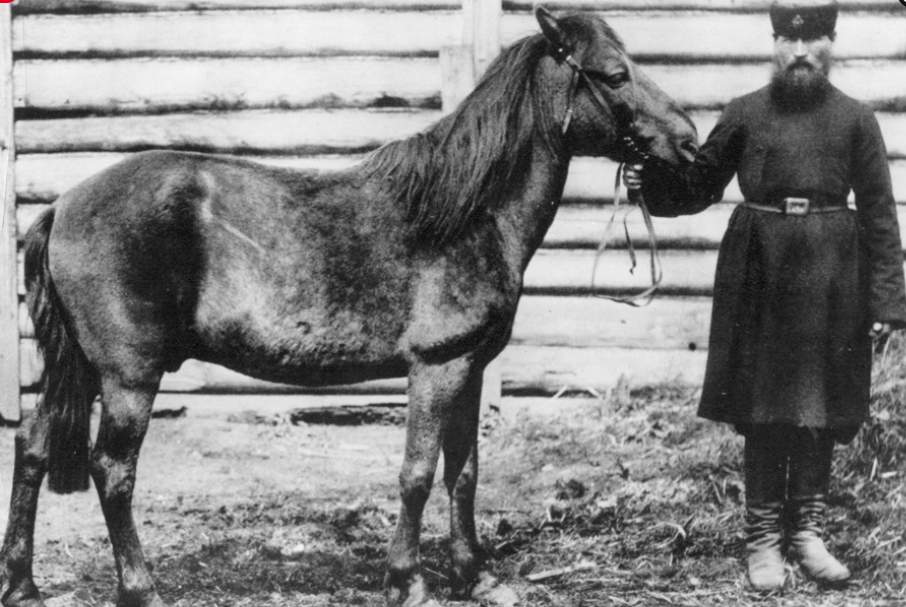Grover Krantz and His Dog – After Grover Krantz passed away, his body, as well as his dog, were donated to science as a memorial to his work as an anthropologist and cryptozoologist. At the moment, they can be seen on display at the Smithsonian National Museum of Natural History in Washington D.C.
Grover Krantz was an American anthropologist and cryptozoologist, who was known for his unconventional approach to studying Bigfoot and other supposed cryptozoological creatures. He was a professor of anthropology at Washington State University and was also a respected researcher in the field of physical anthropology.
Krantz was an advocate for the scientific study of Bigfoot and other cryptozoological creatures and was one of the few mainstream scientists who took the subject seriously. He argued that the existence of Bigfoot and other cryptozoological creatures should be approached from a scientific perspective and that proper scientific methods should be used to study them.
Grover Krantz made significant contributions to the field of Bigfoot research, including his systematic examination of Bigfoot tracks. He believed that examining the tracks would provide crucial insights into the creature’s anatomy and behavior. He pioneered a technique of comparing Bigfoot footprints to those of other species, analyzing the morphology of the footprints, and determining their location. This examination became a crucial piece of evidence for the existence of Bigfoot and is now widely used in the field.
Krantz also developed a theory about the biology and ecology of Bigfoot. He proposed that Bigfoot was an extinct species of the massive monkey called Gigantopithecus, which roamed Asia millions of years ago. According to Krantz, a small population of this species crossed the Bering land bridge and survived in North America, resulting in the Bigfoot we know today. Although this theory is still a matter of debate, it formed the basis for future research into the biology and ecology of Bigfoot.
After his death, Krantz did indeed donate his body, along with his dog, to science. According to reports, his remains were preserved and are currently on display at the Smithsonian National Museum of Natural History in Washington, D.C. This was a unique and unusual move by Krantz, and it reflects his passion for science and his belief. Donating one’s body to science is a personal decision and is not always possible or practical, depending on the individual’s circumstances and the policies of the institutions involved.
Krantz’s interest in Bigfoot extended beyond just searching for evidence of its existence. He was also fascinated with the creature’s anatomy and physiology, and how it might differ from humans. As a result, upon his passing, he chose to donate his body to science in the hopes of advancing medical knowledge and possibly gaining new insight into Bigfoot’s anatomy.
His contribution to science was instrumental in the development of cutting-edge medical procedures and technologies. For instance, his body was used to study the anatomy of Bigfoot hunters, providing a better understanding of the physical and physiological demands of tracking and hunting the creature.
It is important to note that the donation of one’s body to science is governed by strict ethical guidelines to ensure that the process is respectful, safe, and dignified. Krantz’s decision to donate his body was also fully supported by his family, who understood that it was in accordance with his values and beliefs. Related Reading – Sad Story of Stuckie The Mummified Dog







